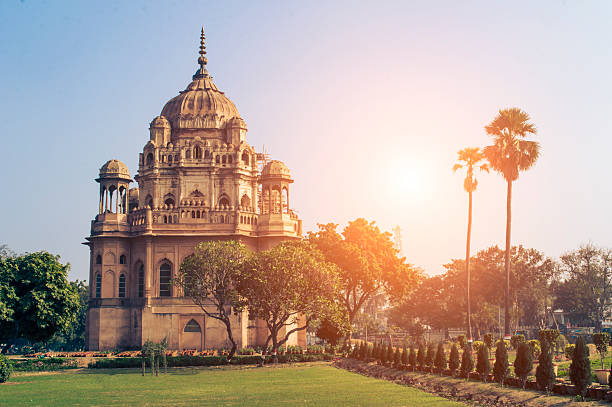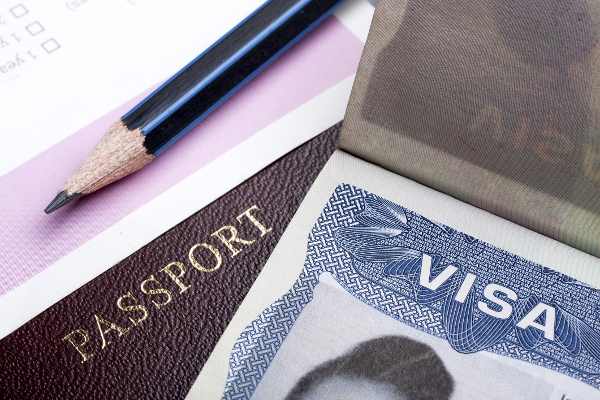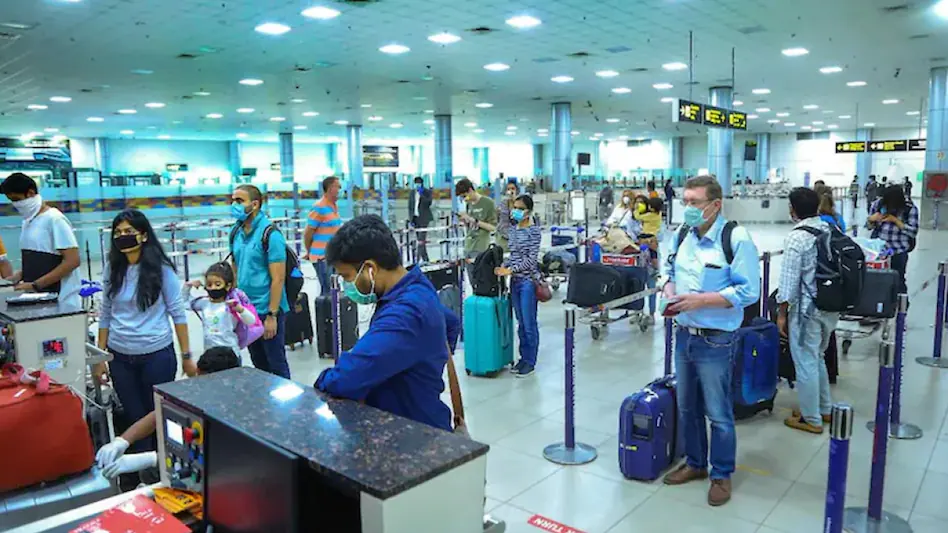“Embarking on a journey to India is undoubtedly exciting, but the visa application process can be overwhelming. With various types of Indian visas available for international travel, it’s essential to understand what each type entails and which one suits your travel needs. Whether you’re planning to explore the country’s rich culture or conduct business meetings, this comprehensive guide will help simplify the complex visa application process and ensure a hassle-free entry into Incredible India.”
Overview of Indian Visa Types
There are several different types of visa that allow entry into India for various purposes, including tourism, business, work, study, and medical treatment. The most common type of visa for tourists is the e-Visa, which allows for a maximum stay of 60 days in India. Other visas that may be required for entry into India include the Business Visa, Work Visa, Student Visa, and Medical Visa. Each type of visa has specific requirements that must be met in order to be granted entry into the country. TYPES OF INDIAN VISA
The e-Visa is the most popular type of visa for those traveling to India for tourism purposes. It is valid for 60 days from the date of arrival in India and can be obtained through the Indian government’s website. To apply for an e-Visa, you will need a passport that is valid for at least 6 months from your date of arrival in India, as well as a recent passport-sized photograph. You will also need to provide an itinerary outlining your plans while in India.
The Business Visa is designed for those traveling to India on business purposes. It allows for multiple entries into the country over a period of up to 1 year and has a maximum stay of 180 days per visit. To apply for a Business Visa, you will need a letter from your employer detailing the purpose of your trip and your planned itinerary while in India. You will also need to provide proof of financial solvency, such as bank statements or income
Tourist Visa
If you’re planning a trip to India, you’ll need to obtain a visa. There are several types of visas available, and which one you need will depend on the purpose and duration of your stay. The most common type of visa for tourists is the Tourist Visa, which allows you to stay in India for up to 60 days.
To apply for a Tourist Visa, you’ll need to submit a completed application form, two passport-sized photos, and your passport. You may also be required to provide proof of travel plans, such as flight tickets or a hotel reservation. Once your application is approved, you’ll receive your visa by mail.
When you arrive in India, you’ll need to present your passport and visa at immigration. After your passport is stamped, you’re free to enjoy your vacation in India! Just be sure to keep track of the expiration date on your visa, as overstaying can result in hefty fines or even deportation. INDIAN VISA TYPES
Business Visa
If you’re traveling to India for business purposes, you’ll need to apply for a business visa. This type of visa allows you to stay in India for up to six months and participate in business activities, such as attending meetings or conferences. You’ll need to provide proof of your business travel plans, such as an invitation letter from an Indian company, when applying for a business visa.
Student Visa
When traveling to India, it is important to understand the different types of visas that are available. The most common type of visa for travelers is the tourist visa, which allows you to stay in the country for up to six months. If you are planning on staying longer or if you want to study in India, you will need to apply for a student visa.
Student visas are valid for up to five years and allow you to study at any accredited institution in India. You will need to provide evidence of your enrollment in an educational program as well as a letter from your school indicating that you are in good academic standing. In addition, you will need to show proof of financial support and have a valid passport.
Medical Visa
If you are traveling to India for medical treatment, you will need to apply for a Medical Visa. This type of visa allows you to stay in India for up to six months, and can be extended for up to one year if necessary. You will need to provide proof of your medical condition and treatment plan when applying for this visa.
Employment and Project Visas
There are many different types of visas that allow foreign nationals to enter and stay in India for different purposes. The most common types of visas are employment visas, project visas, and student visas.
Employment visas are granted to foreign nationals who are coming to India to work in a company or organization. The employer must first obtain an employment visa from the Indian government before the employee can begin working. Project visas are granted to foreign nationals who are coming to India to work on a specific project. The project must be approved by the Indian government before the foreigner can begin working on it. Student visas are granted to foreign nationals who are coming to India to study at an educational institution.
Transfer of Residence or Long Term Visas
There are two primary types of visas for those looking to relocate to or stay in India for an extended period of time: the Transfer of Residence (ToR) visa and the Long Term Visa (LTV).
The ToR visa is designed for those who have been employed in India for at least one year and wish to transfer their residence to India. The process for applying for a ToR visa is fairly straightforward and can be completed online.
The LTV, on the other hand, is intended for foreign nationals who wish to stay in India for a period of more than 180 days but less than one year. Like the ToR visa, the LTV can also be applied for online. However, applicants will need to provide additional documentation, such as a letter from their employer detailing the purpose of their stay in India.
Conclusion
Traveling to India can be a thrilling experience, and understanding the different types of Indian visas is an important step in making sure your trip goes off without a hitch. Whether you plan to stay for a few days, or if you’re looking to move there long-term, there’s an appropriate visa that will help make sure you have all the necessary paperwork in order. Be sure to research each visa carefully before applying so that you get the right one for your needs. With these tips in mind, enjoy your journey as you explore all that India has to offer!


